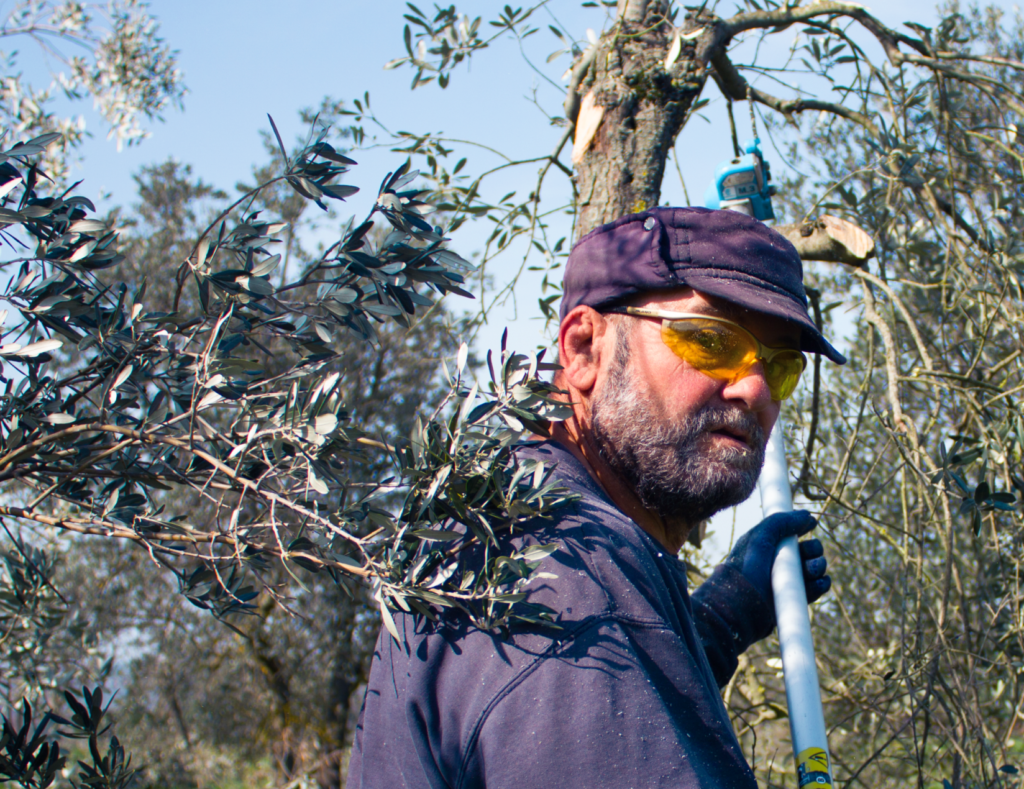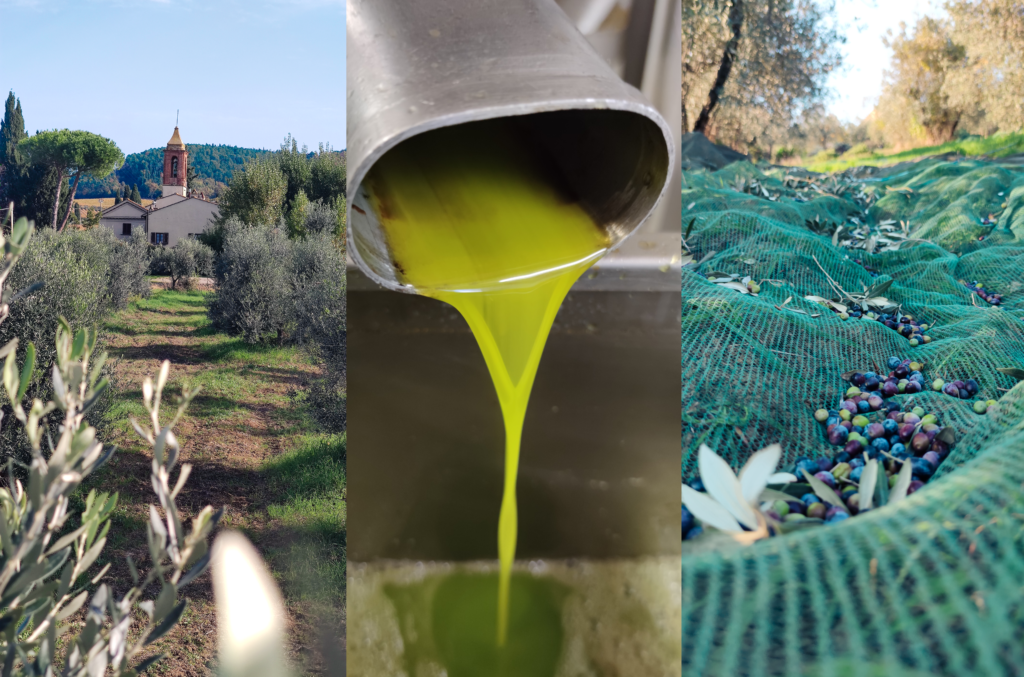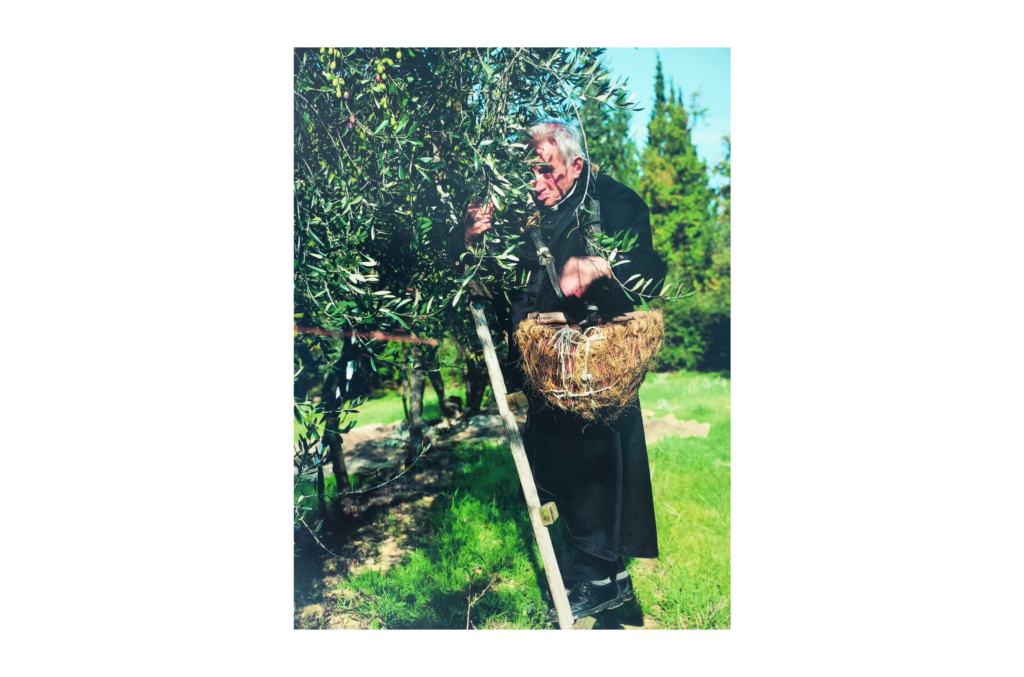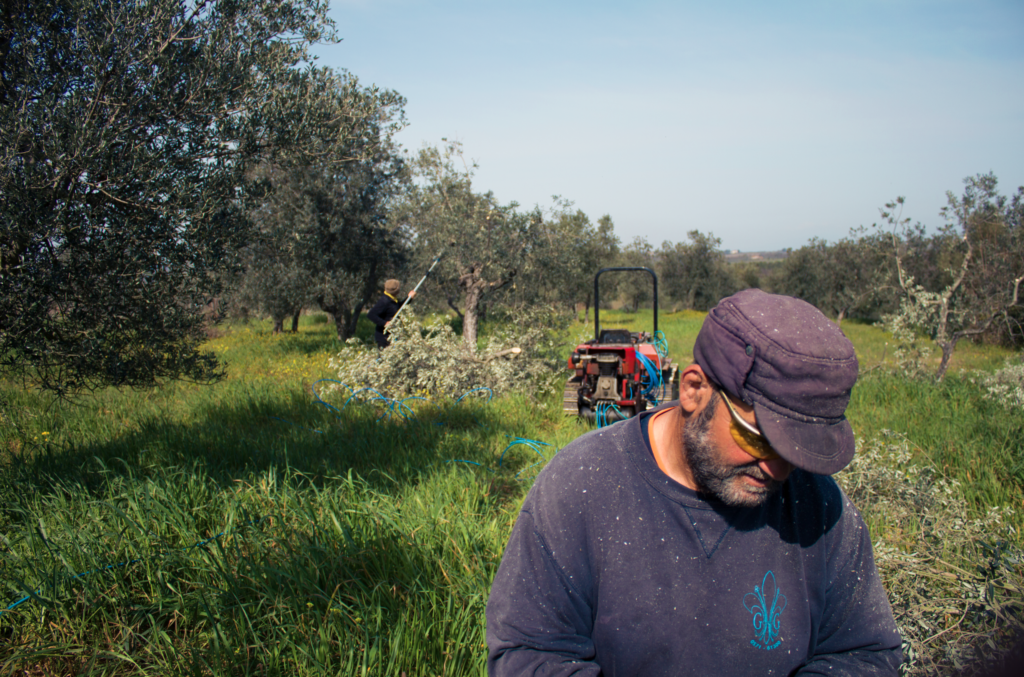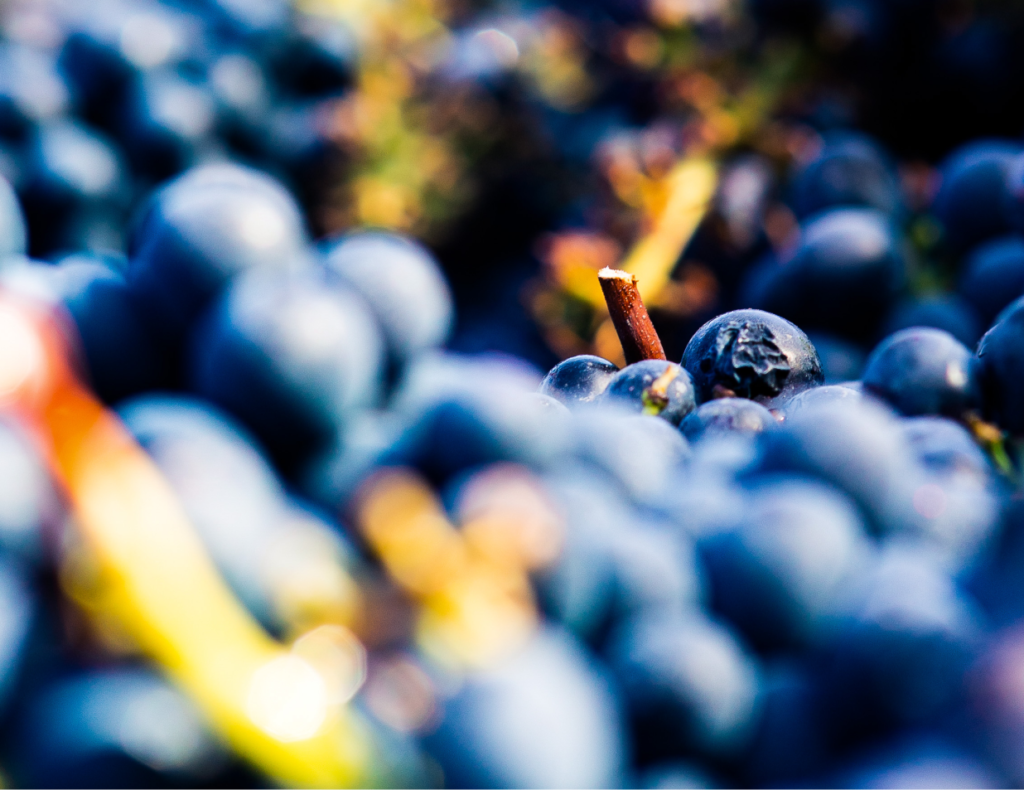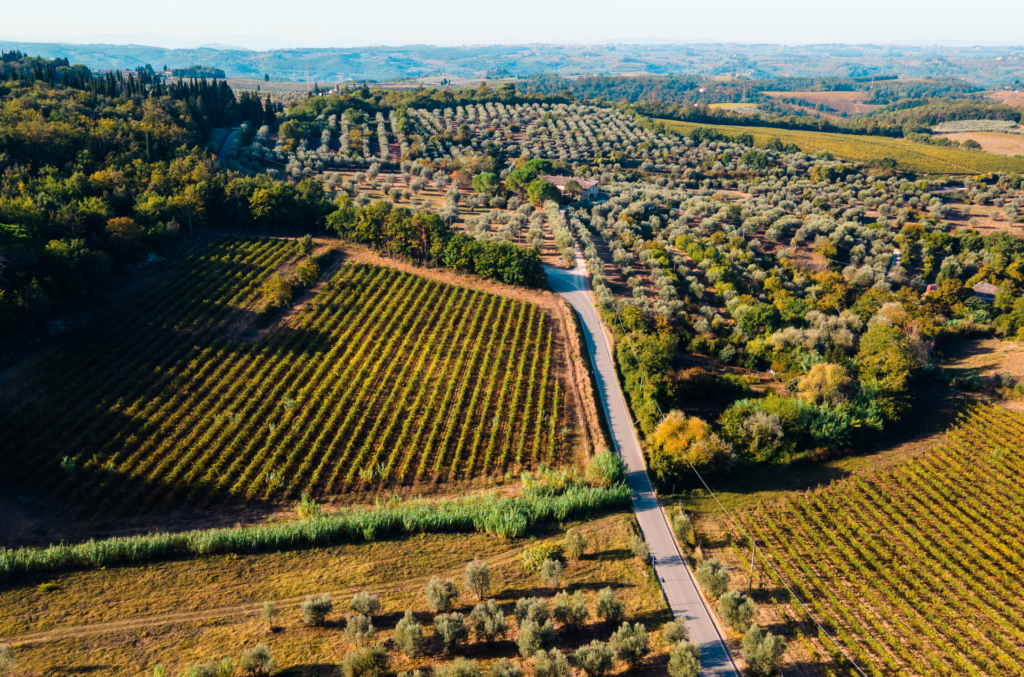But the real pains fall on Bussagli's shoulders when the olives from Pieve di Campoli and beyond arrive at the mill, and he is called upon to coordinate activities. "It's a very stressful time, starting with the noise the machines make. And then - he heaves a deep sigh - besides the noise there are the people." Marco is not referring to the colleagues who help him keep the mill alive around the clock during these two months, but to the customers who bring their olives to be pressed. Good people, in their own way, who are transformed, however, when the fruit goes into processing. "For them, each pressing is equivalent to a birth. And so every time they ask me questions very insistently and I have the task of calming them down, managing them, bringing them back to order. It's not easy." Machines rattling nonstop, demanding shifts, discussions, and many days dreaming of a little quiet and maybe even a broken-down tractor and wrenches in their hands. At the end of it all, however, there is an arrival, a true satisfaction without deception. "I am hesitant in the work of the olive mill, every year I want to back out. However, when we taste the product and understand that we have made a good oil, it is a good thing." The sincerity with which he says this is disarming, and perhaps it is this "good thing" that drives Bussagli to still get his hands dirty and delay retirement.


